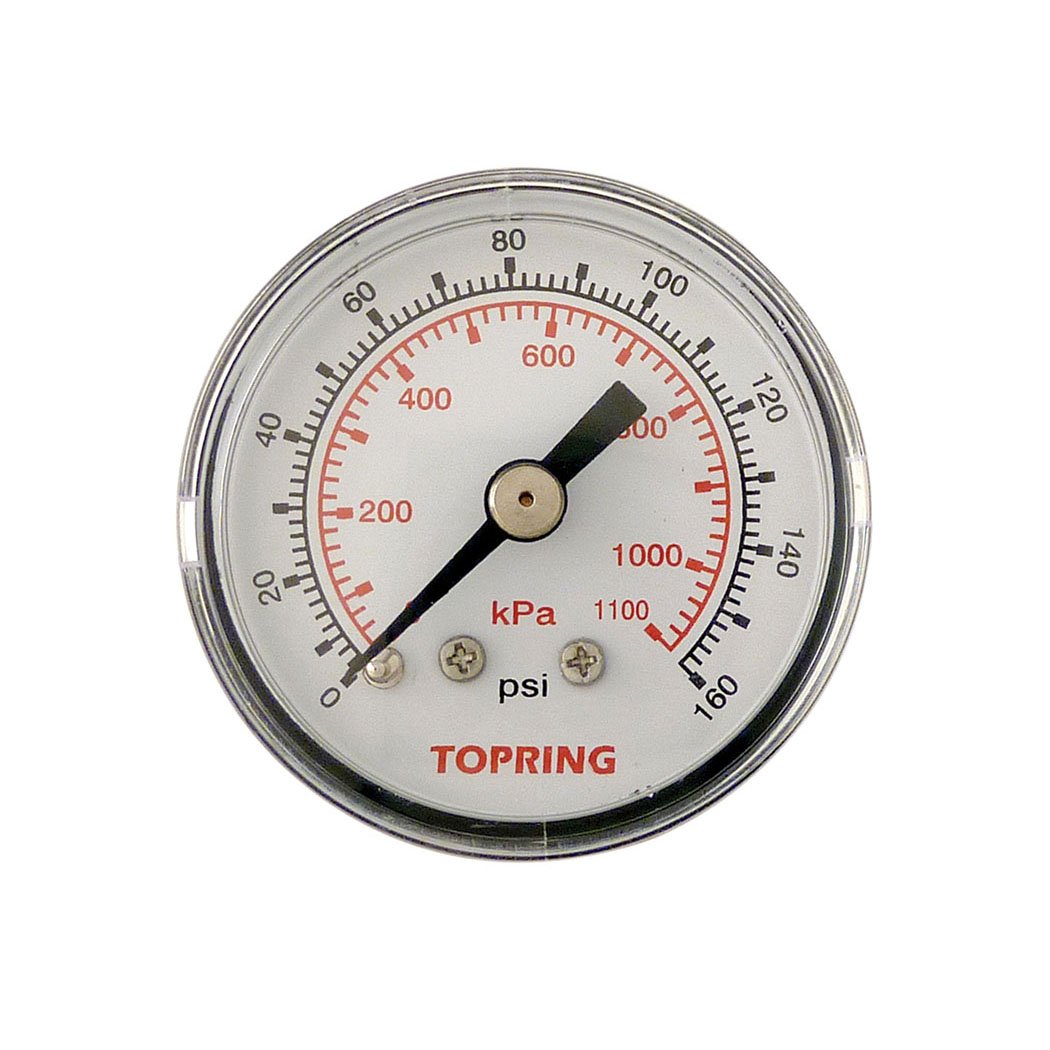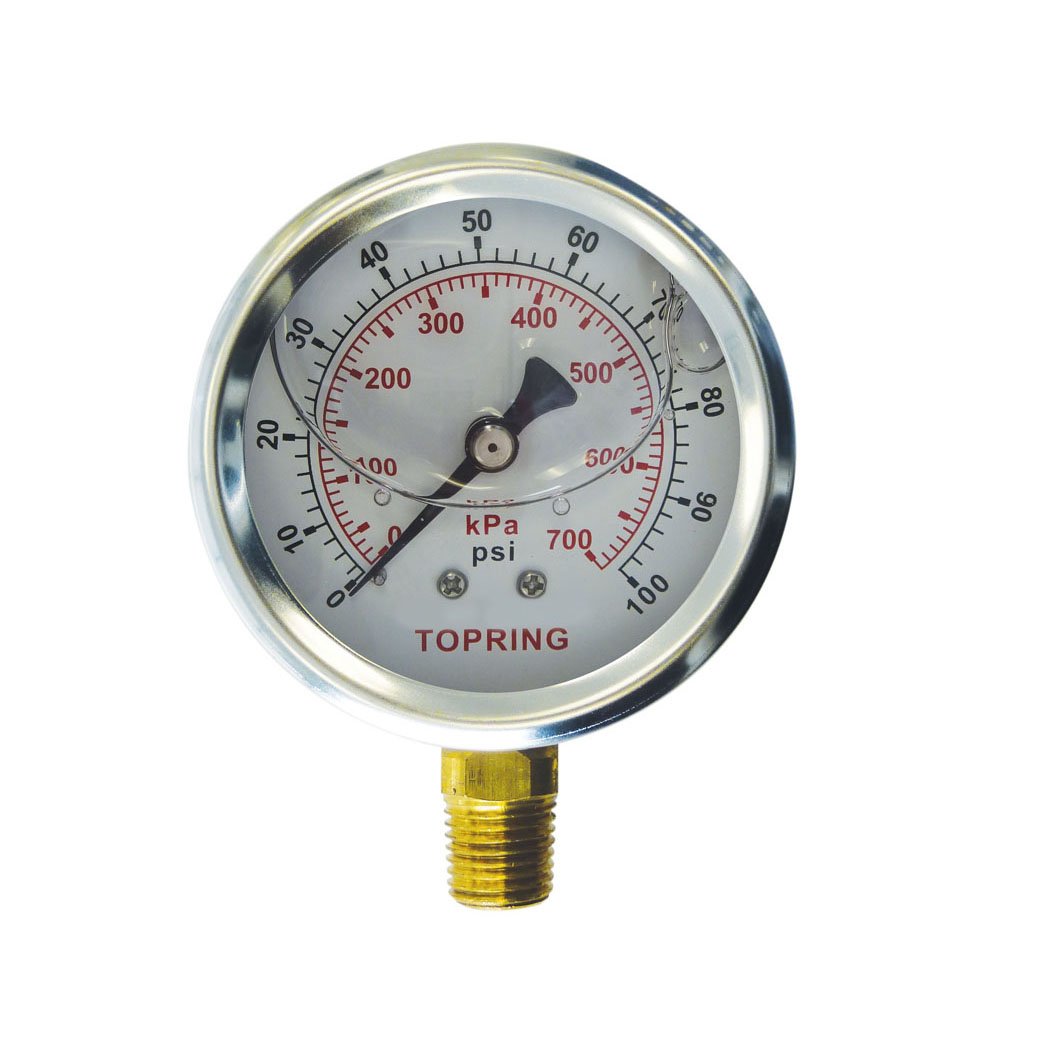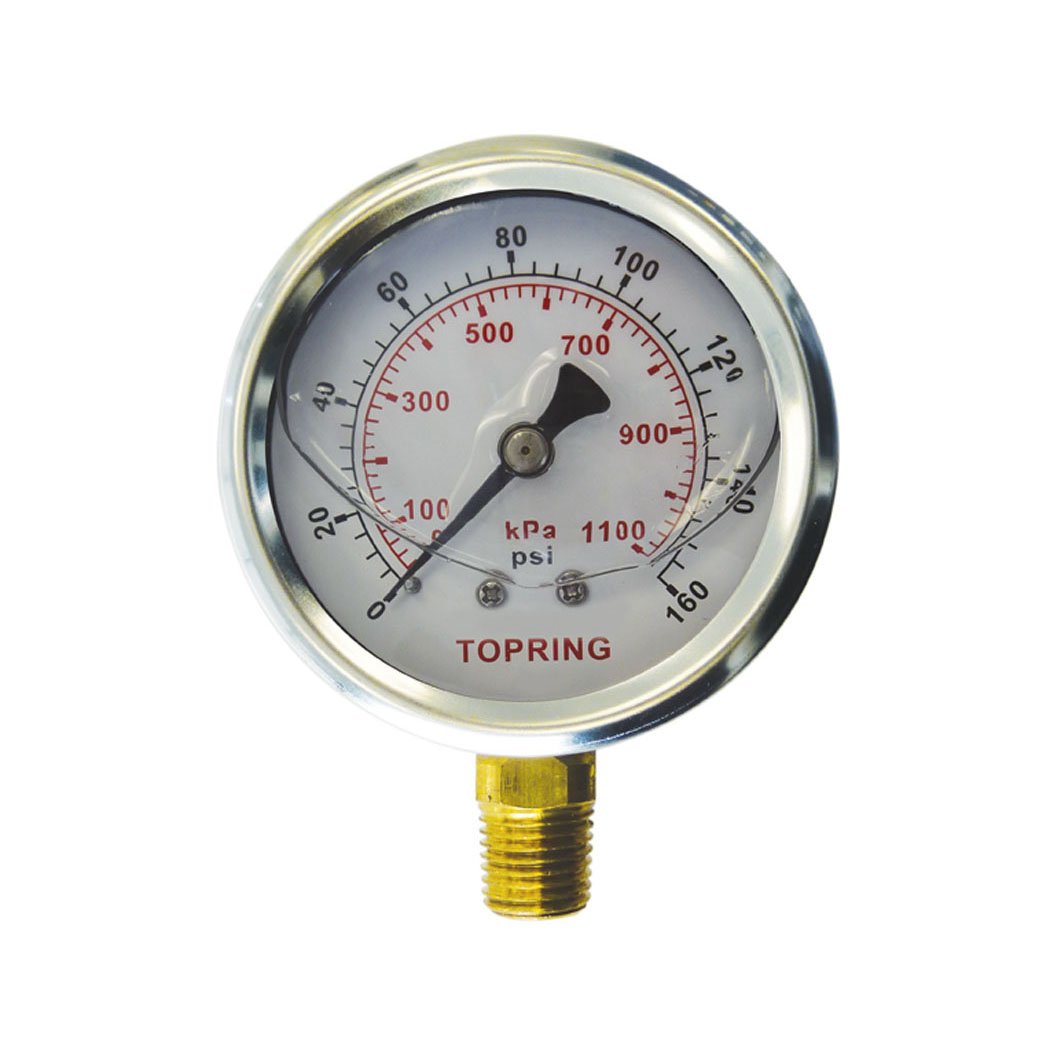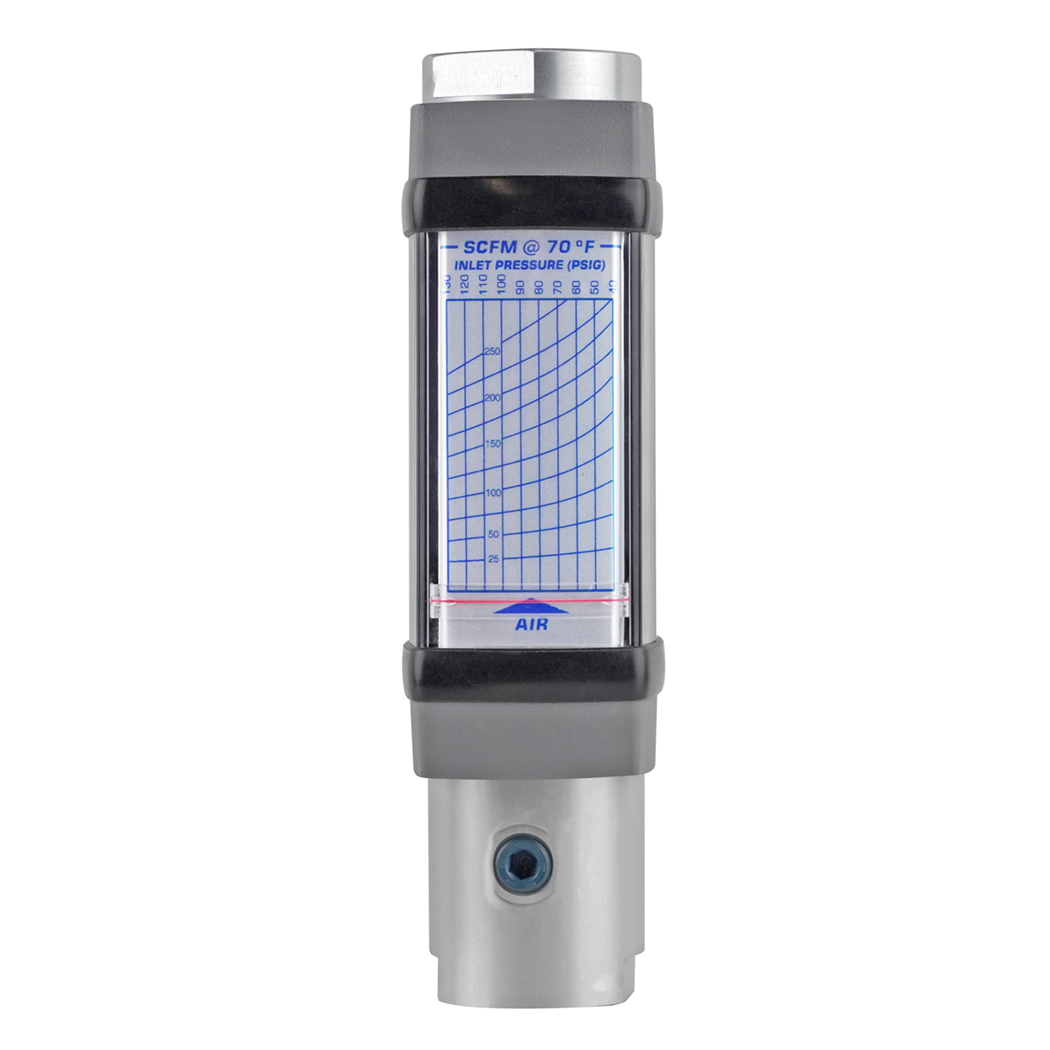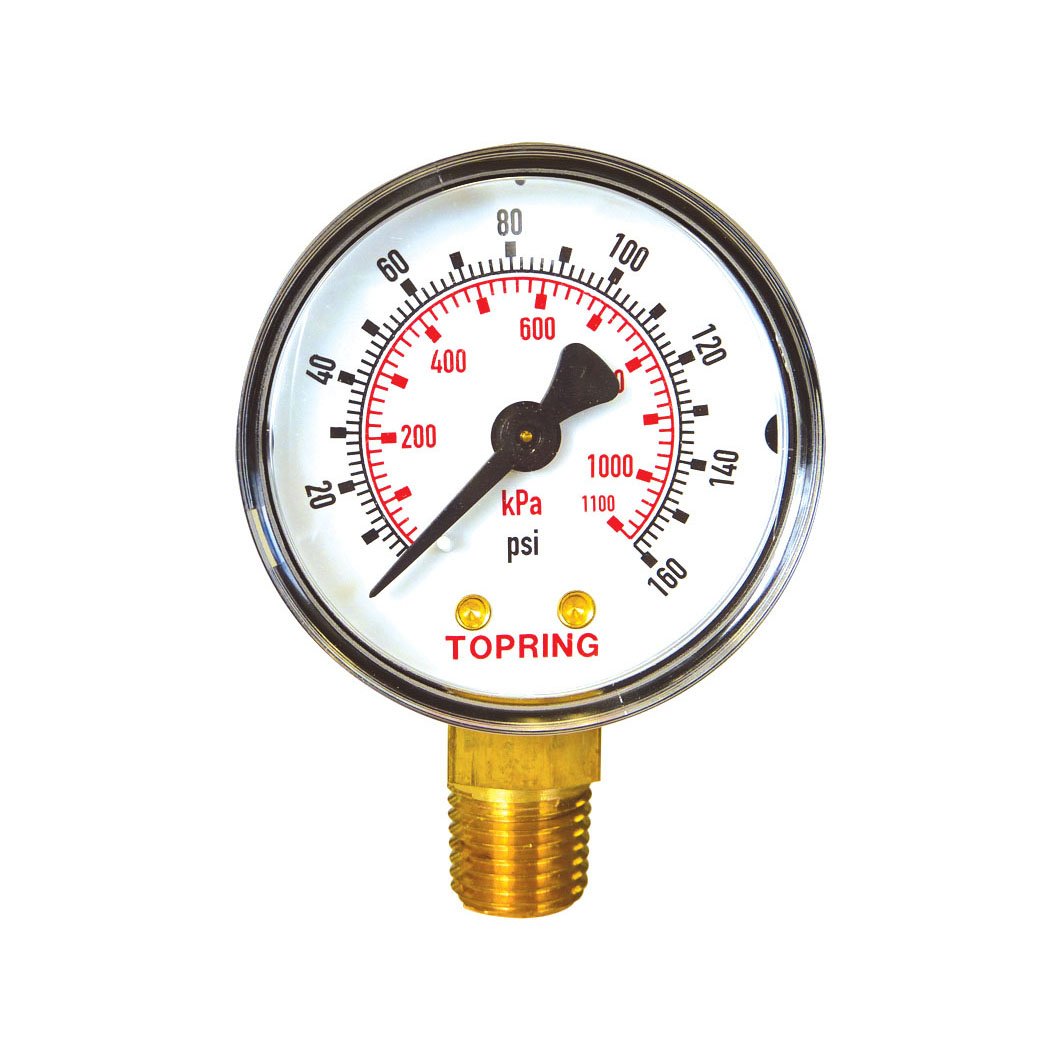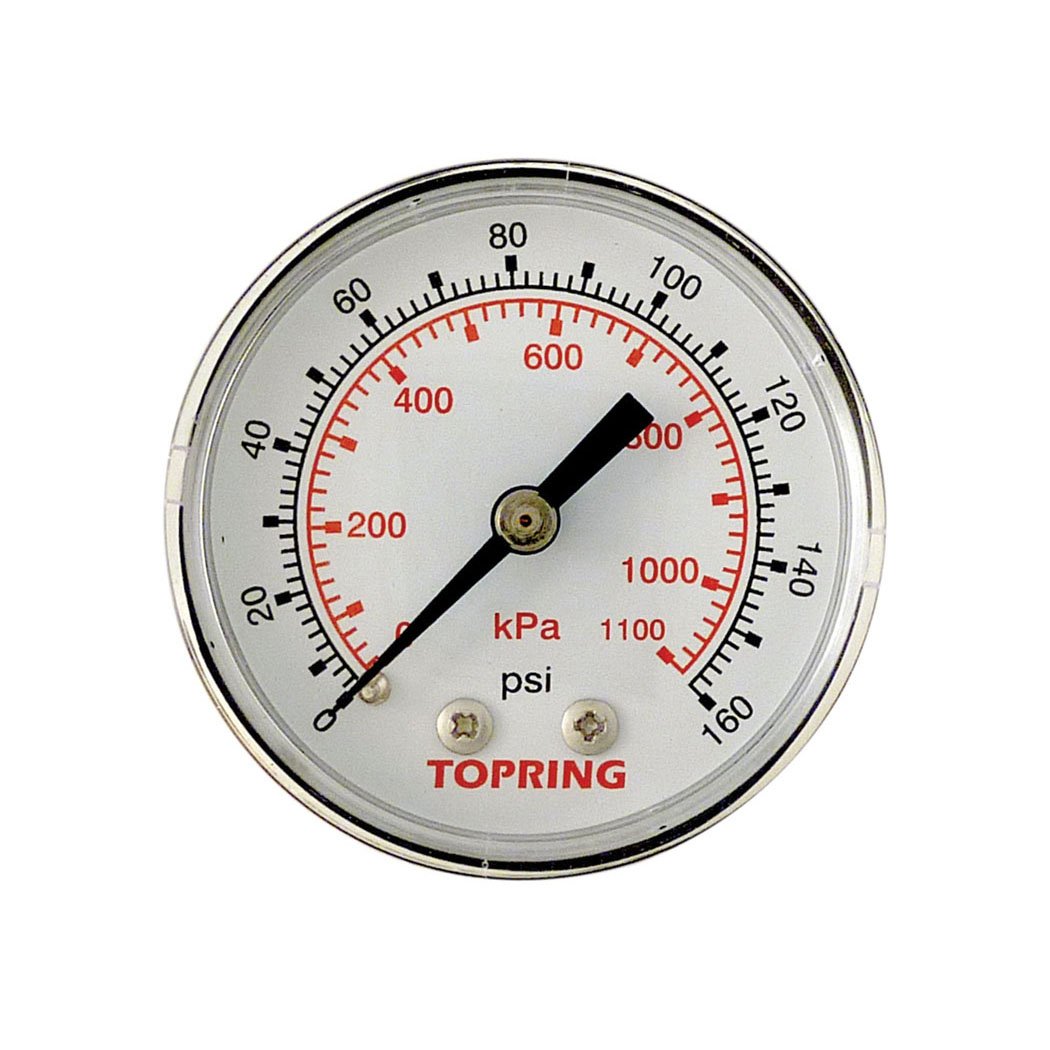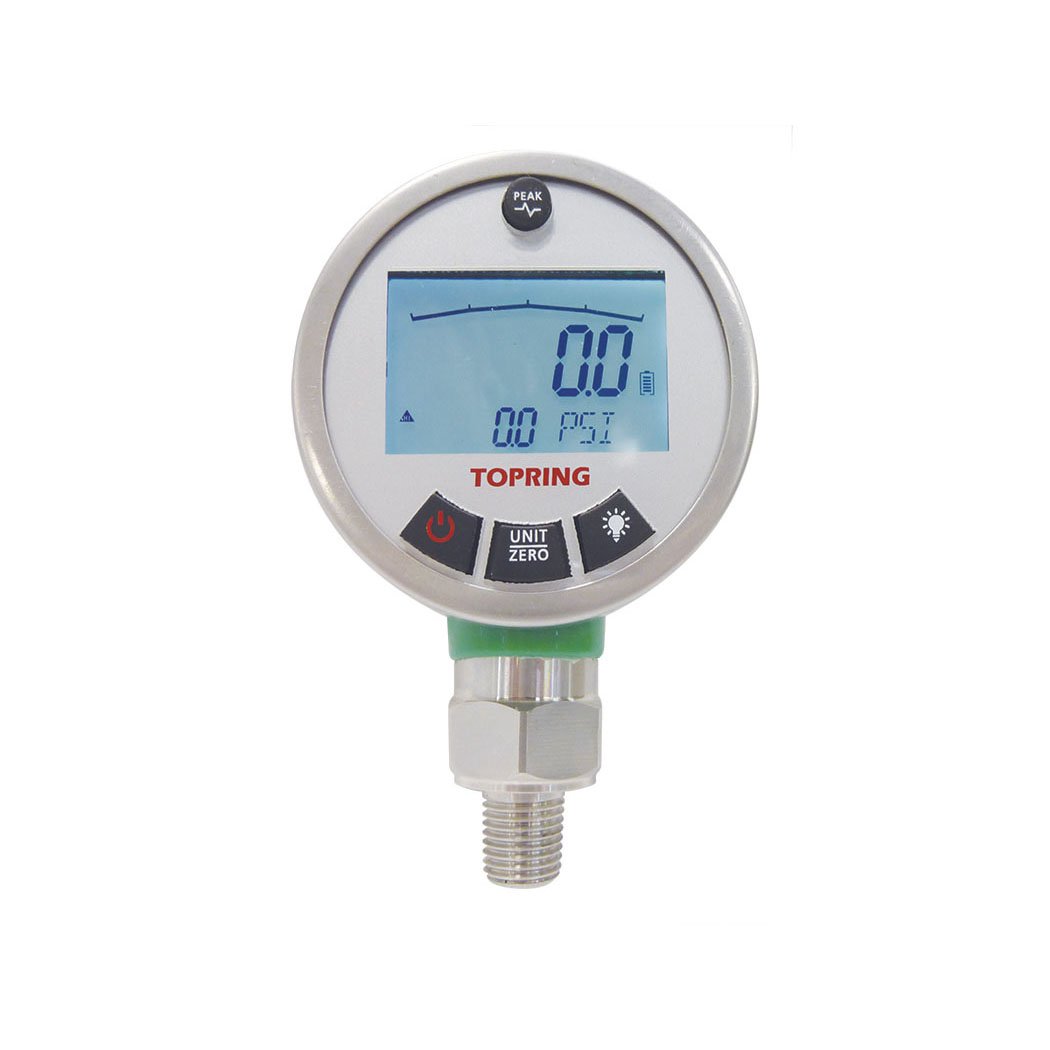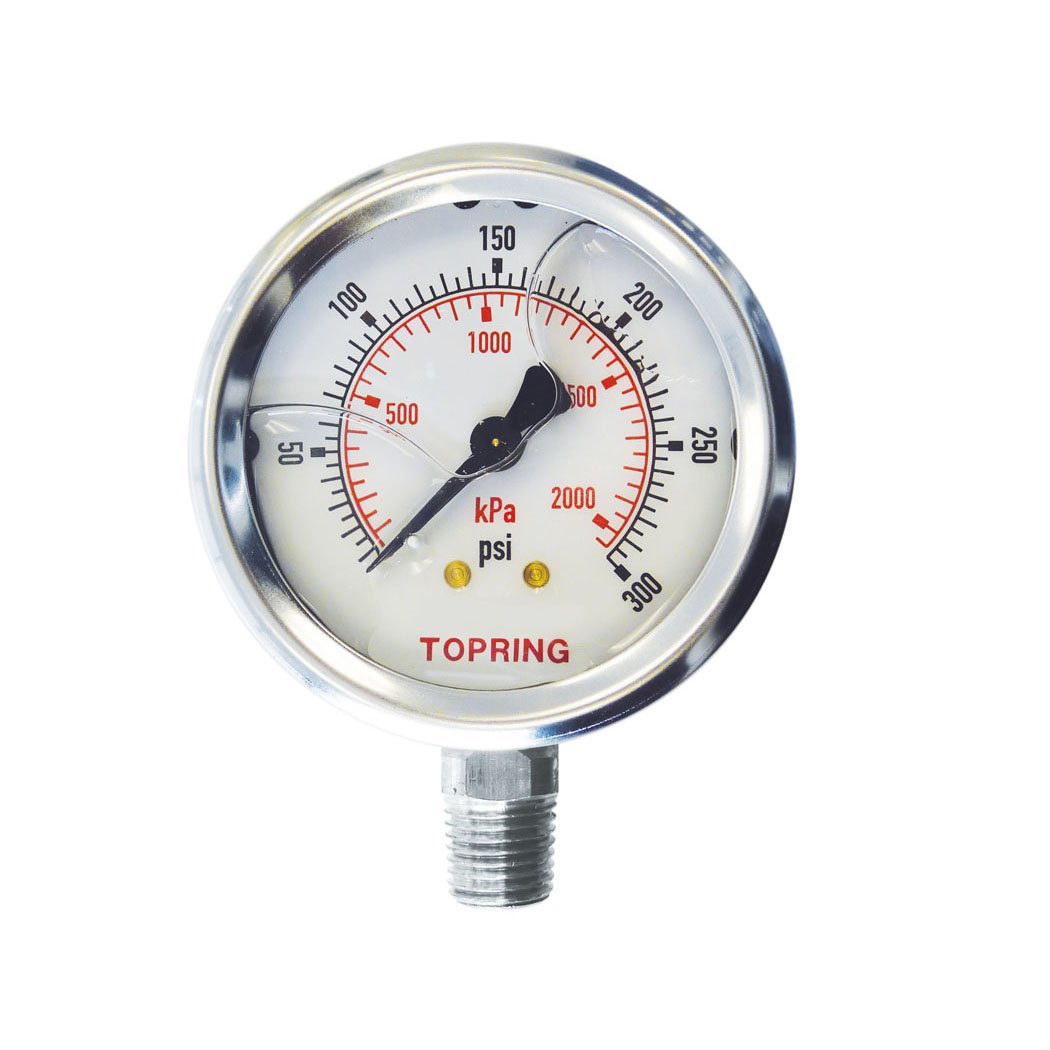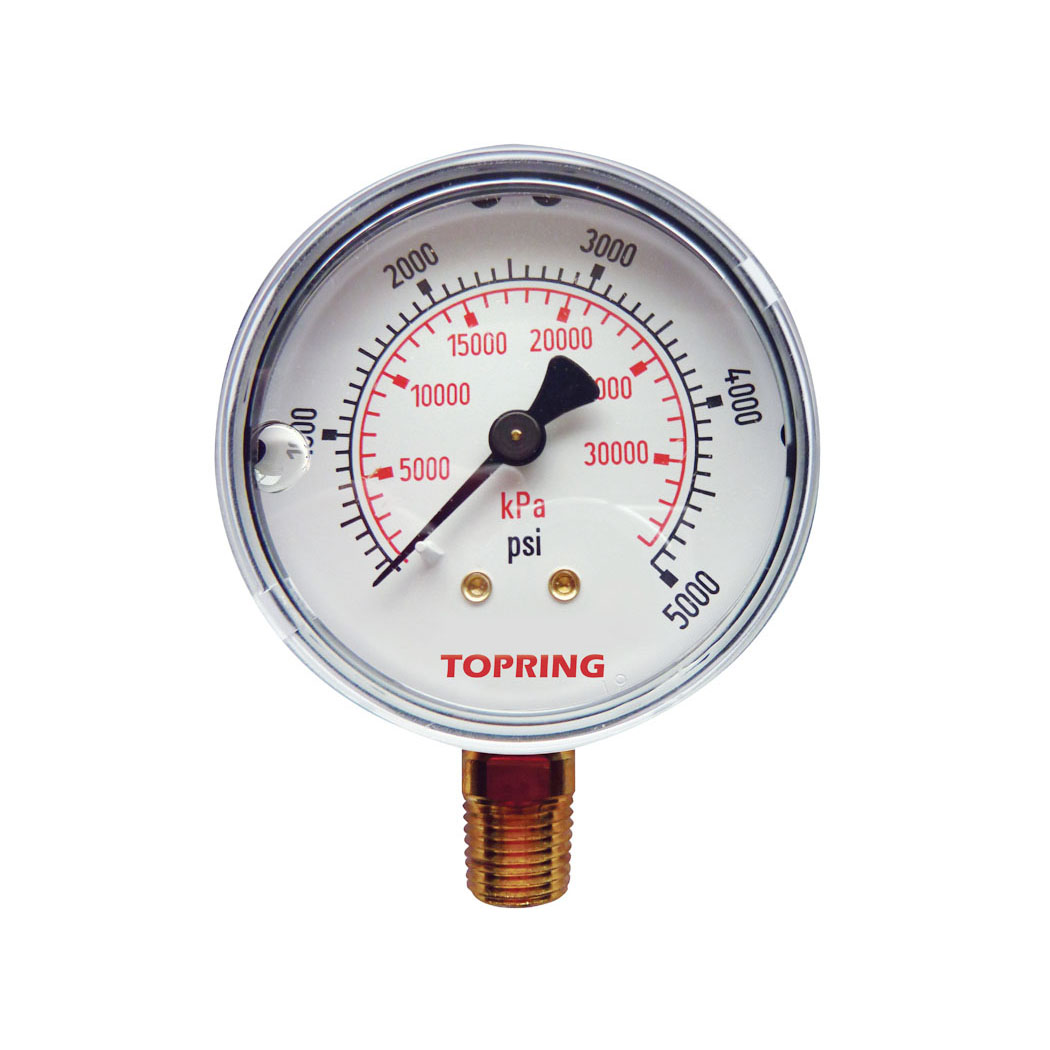Manomètres
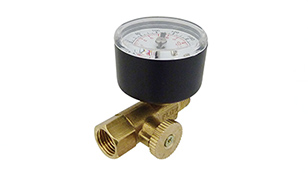
- …
Guide d'achat complet sur les manomètres pour l’air comprimé
Ne pas avoir de moyen de contrôler la pression de votre réseau peut entraîner des problèmes tels que la surpression, l'inefficacité ou même des risques pour la sécurité. Il est important de se rappeler que les niveaux de pression peuvent fluctuer même avec d'autres types de contrôle et de surveillance de la pression, tels que des capteurs automatisés ou des alarmes. La surveillance de la pression est essentielle pour garantir le bon fonctionnement et la sécurité du système.
Ce guide aborde les spécifications techniques et les applications des différents types de manomètres.
Manomètres en acier et en acier inoxydable :
Les manomètres en acier sont réputés pour leur durabilité et leur prix abordable, ce qui les rend populaires pour diverses applications. Ils conviennent pour mesurer la pression de l'air comprimé dans les environnements industriels standard. En revanche, les manomètres en acier inoxydable offrent une résistance supérieure à la corrosion.
Manomètres à sec :
Les manomètres à sec sont couramment utilisés dans les applications où la contamination par l'eau ou l'huile est un problème. Ils sont idéaux pour mesurer des gaz et des liquides non corrosifs.
Manomètres à vide :
Les manomètres à vide sont conçus pour mesurer la pression en dessous des niveaux atmosphériques, ce qui est crucial pour les applications nécessitant un contrôle précis du vide.
Manomètres remplis de liquide avec de la glycérine :
Les manomètres remplis de liquide, souvent de glycérine, offrent de meilleures performances dans les environnements soumis à de fortes vibrations en amortissant les effets des pulsations et des vibrations. Cette caractéristique prolonge la durée de vie du manomètre et garantit la précision des mesures.
Débitmètres :
Les débitmètres sont des produits simples et économiques qui mesurent le débit d'air comprimé d'un système en temps réel sans ajout d'électricité. Ils sont essentiels pour contrôler et optimiser la consommation d'air, détecter les fuites et assurer un fonctionnement efficace des équipements pneumatiques. Il est important de noter que les compteurs sont calibrés pour l'air comprimé uniquement.


